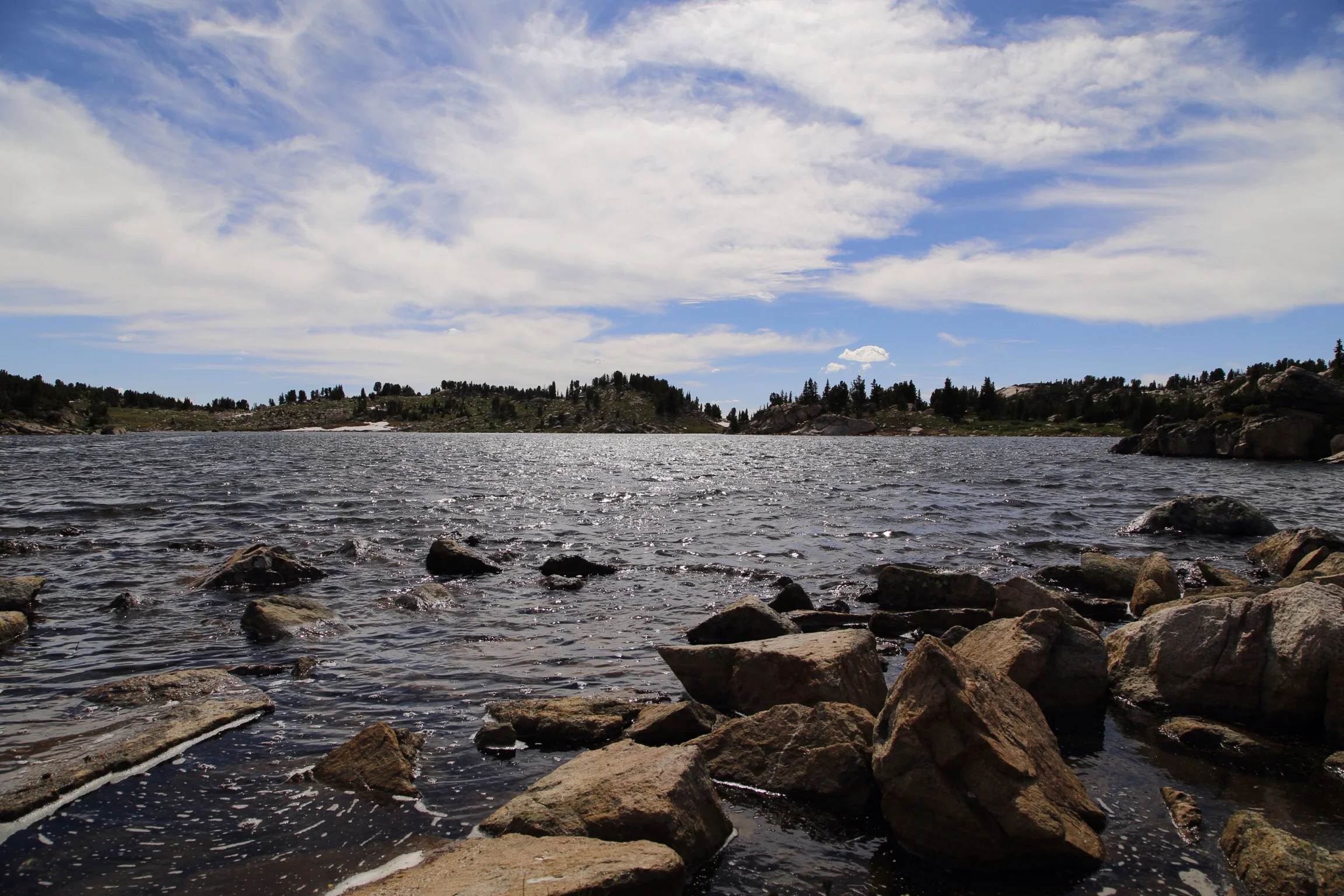Katie Fogg
Effects of Floodplain Shade on Hyporheic and Stream Channel Temperatures
Altering stream channel geomorphology to increase hyporheic exchange or planting streambank vegetation to increase shade are two common restoration strategies for thermally impaired stream reaches. In the inter-mountain west, snow melt causes high-energy springtime floods, which can wash away planted vegetation and other man-made alterations made to a stream reach. Thus, typical restoration strategies are usually not suitable for floodplain streams. Given that vegetative shading on floodplain stream banks is not practical, this research investigates the possible cooling effects of vegetative shade on the broader floodplain, outside of the annual scour zone. Since floodplain streams have broad, shallow hyporheic zones and high rates of hyporheic exchange, shading the ground surface overlying the hyporheic zone may lead to notably cooler hyporheic temperatures and thus cooler temperatures in floodplain stream channels.
Katie Fogg is a PhD student in the Department of Land Resources and Environmental Studies (LRES) at Montana State University. Katie research heat exchanges and temperature cycles in floodplain streams. Specifically, she investigates how hyporheic exchange and vegetative shading affect channel temperatures and how heat exchanges across floodplain sediments have the potential to be exploited in restoration and management practices to drive cooler (or warmer) hyporheic and stream channel temperatures.

